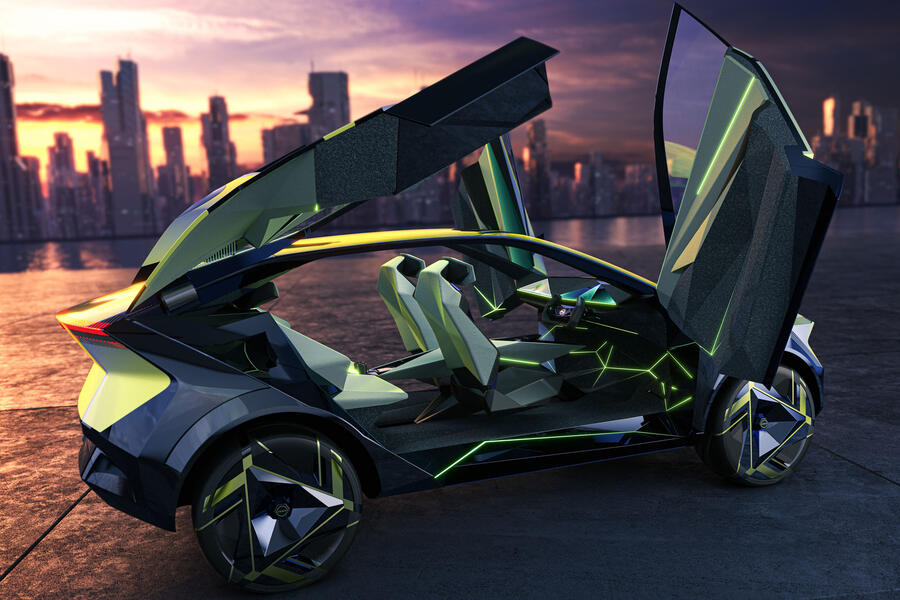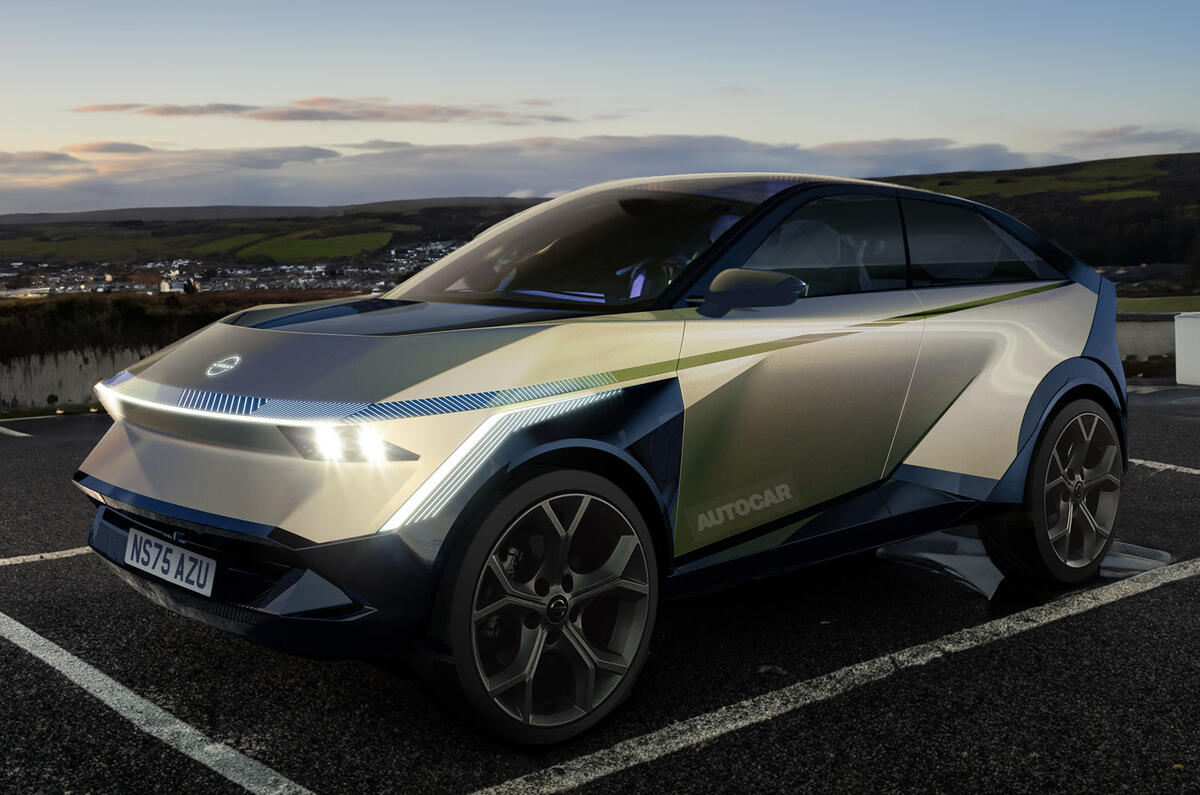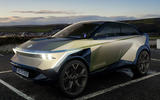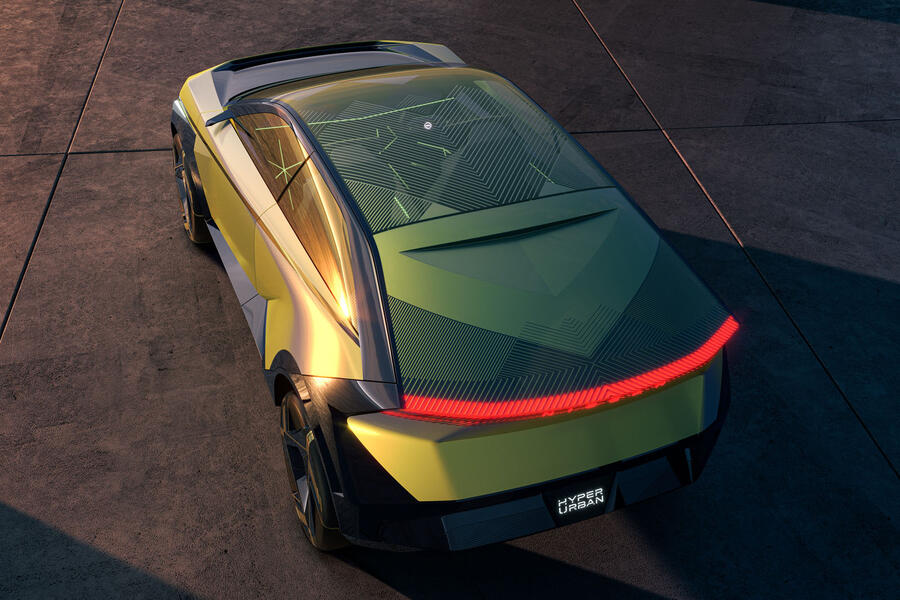The next-generation electric-only Nissan Qashqai will be designed, engineered and built in Britain – and the company is aiming for it to be priced the same as the current combustion-engined version.
The hugely popular machine helped spark the trend for family SUVs when the first generation launched in 2006 mixing practicality with edgy styling. The third-generation model launched in 2021, and was the best-selling vehicle in the UK last year.
The new model will be styled at Nissan’s UK design studio in London, and will take inspiration from the Hyper Urban concept that was recently shown at the Tokyo motor show. The bold, angular exterior styling of that concept will be retained for the production model, although the radical interior is set to be toned down.
The Qashqai is currently offered with petrol and hybrid powertrains, but the next-generation version – due in the second half of this decade – will only be offered as an electric car. Despite that, Nissan boss Makato Uchida said launching the fourth-generation model at a price equal to the outgoing ICE version was “what we are aiming for, and what our ambition is”. The Qashqai range currently starts at just under £30,000.
Uchida admitted achieving price parity between ICE and EV machines was a challenge, adding: “At one side we talk about scale and how to support that, and on the other side we need supply chains to be established.
“We are at the stage of considering how we are going to make EVs balanced [on price] with ICE. It’s a challenging discussion, because the regulations in each country are not moving at the same pace.”

The Qashqai is currently built at Nissan’s Sunderland plant, and the firm recently confirmed investment of up to £2 billion for its electric successor to be manufactured there alongside the next-generation electric-only Juke and the successor to the Leaf EV.
That £2bn total funding includes direct investment from Nissan in its UK operations of up to £1.19 billion – which includes styling work on the cars at Nissan’s design studio in London, development and prototyping at the Nissan Technical Centre in Cranfield, as well as the cost of retooling and preparing the Sunderland plant for the new platform and bodies.


















Join the debate
Add your comment
Think we all realise that these images are design concepts, nothing like this will make the road because of danger to pedestrians and practicality.
Wouldn't like being a pedestrian hit by those razor sharp front edges.
Looks amazing!